My Nashbar Cyclocross frame bike build (It sucked so bad)
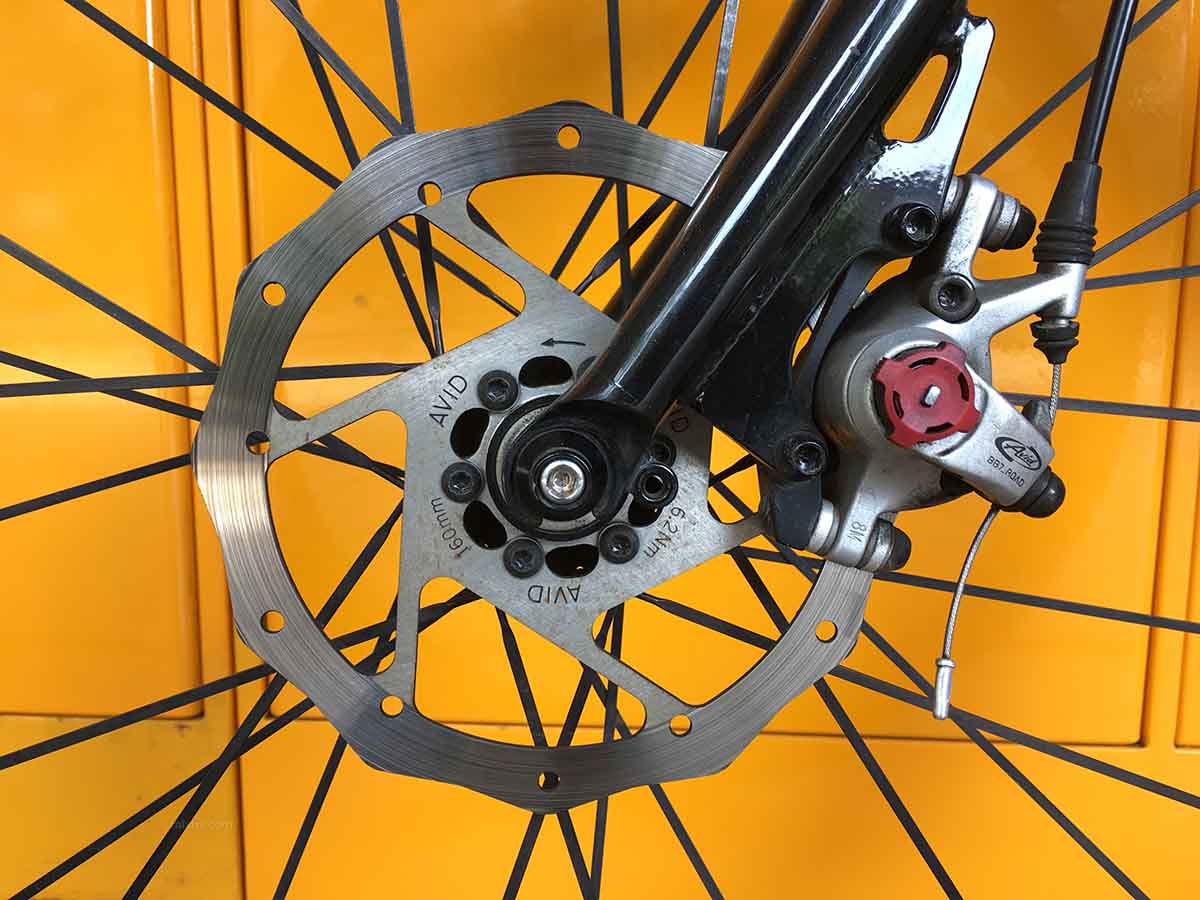
In March 2019, I was getting tired of having to use the same bike for trail riding and commuting. I decided to build myself a dedicated commuter featuring a brand new aluminum Nashbar Cyclocross frame. The trouble is, I had never actually built a bike before. What could possibly go wrong?
Long story short: I hated this bike. It was the worst I’ve ever owned.
Making the decision to build a bike instead of buying one
Since I wasn’t in a rush to replace my trusty old 2000 Trek 7000 mountain bike, and I didn’t want to spend a lot of money, I figured that it probably made the most sense to build my own. It would be cheaper that way, right? Ha!
More than anything, I knew it was going to be a learning experience. I already knew how to do basic bike maintenance, and I figured that anything I didn’t know how to do could be learned from watching YouTube videos. I’d also need some tools, as I didn’t have what I needed to build a bike from scratch. I was up for the challenge!

Choosing the frame
Since the purpose of this bike was to be a commuter (that I could feel comfortable leaving parked outside), I didn’t want to spend a lot of money on fancy components.
I did want a strong bike that can handle light off-road use such as curb jumping and light trail / grass riding though. I wasn’t willing to buy ultra-cheap parts in order to save a buck. This needed to be a strong bike that worked just as well on the road as it would on the trail. Therefore, I knew that it was probably going to resemble a cross bike more than anything else.
Anyway, I was pretty anxious to get started so I ordered the frame, fork, headset, and stem first. Here’s the detail of the frame:

Building begins
The frame, fork, and headset for my commuter/cross bike arrived first, and I was really getting excited about starting this build. The Nashbar Cyclocross frame is awesome, but I was slightly disappointed about the fork. The quality looked great, but it was really heavy. I guess I should have expected that when I opted for a steel version instead of carbon fiber, but oh well.
I wasted no time in starting to put these pieces together. I also started to realize that I didn’t have anywhere near the tools I need to get this done, but nonetheless, I pushed forward with what I had.
I put the headset crown race on the fork first, and it wasn’t fun at all. The tutorial videos I watched on YouTube made it look like this was going to be easy an easy job, but I spent several hours trying to get that crown race seated properly with no luck.
For a while I even thought I purchased the wrong size, but I triple-checked everything and I did indeed have the right parts. It was so frustrating though, and I never was able to get it fully flush with the top of the fork (despite lots of pounding with a rubber mallet). Oh well – it was close enough and most likely nothing that won’t be noticeable by anyone but me anyway.




Now that I had the frame, fork, and headset assembled, I quickly started to realize that this was going to be one good looking cross bike. That satin black Nashbar frame looks menacing, and I was anxious to see it with all the parts on it.
The unfortunate thing was that I needed tools first (which added to the cost of this build). The biggest need was a headset press – I couldn’t do anything with this build before I got my hands on one of those.
Unfortunately, headset presses are not cheap, and the thought of spending $150 on one for one simple job didn’t sit with me well at all. But I did it anyway, justifying the cost with thoughts of building more bikes in the future!

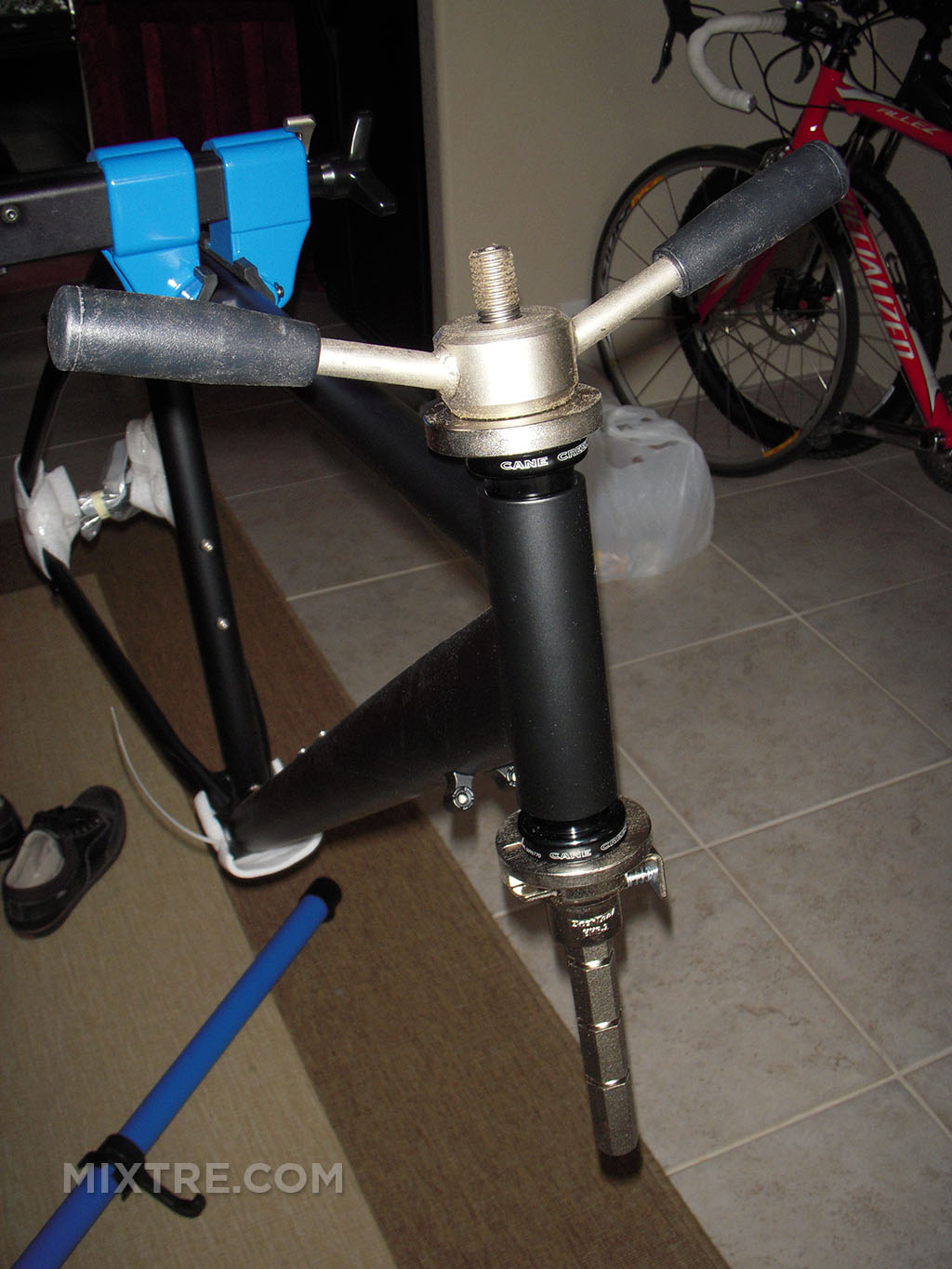
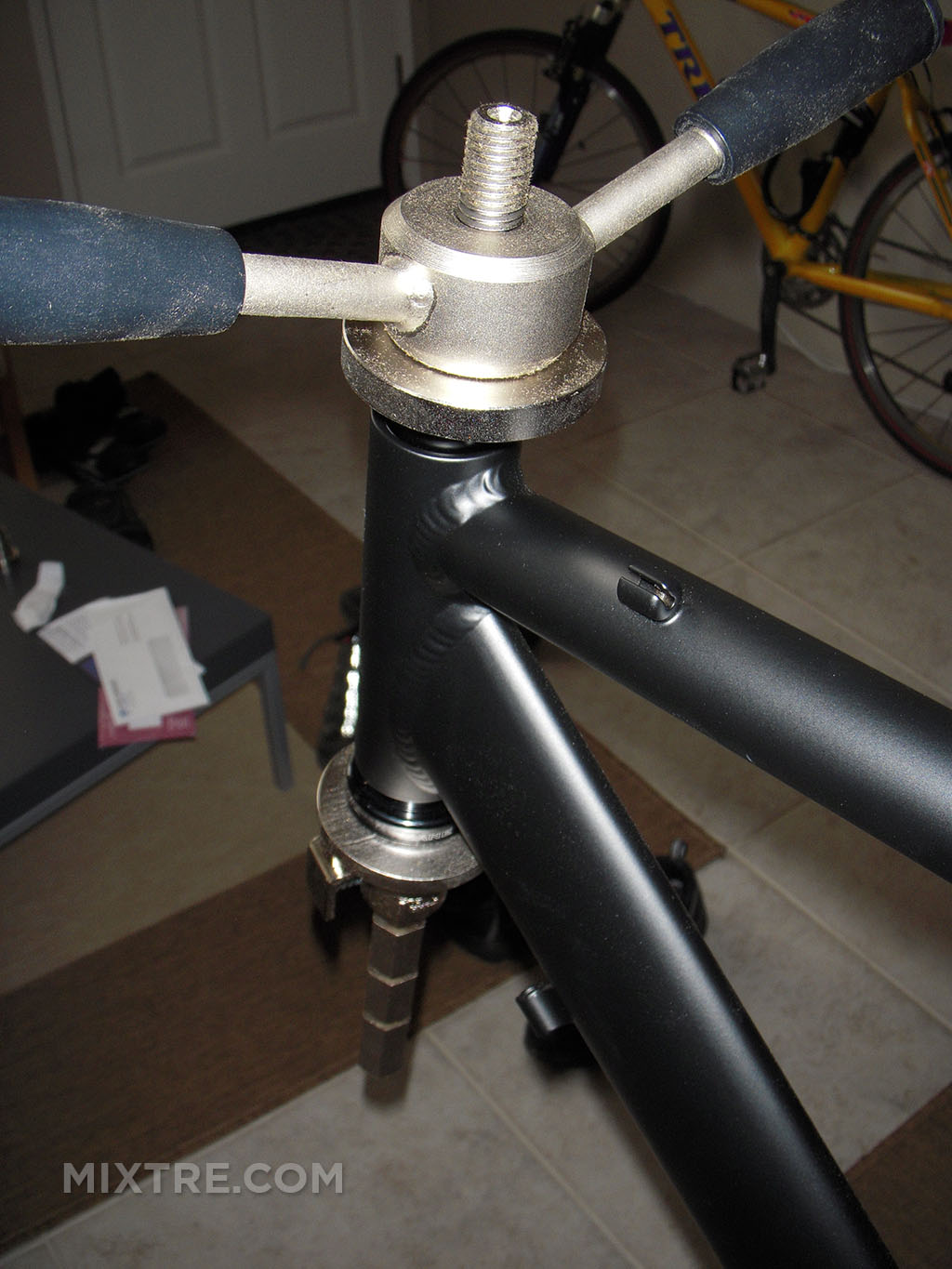

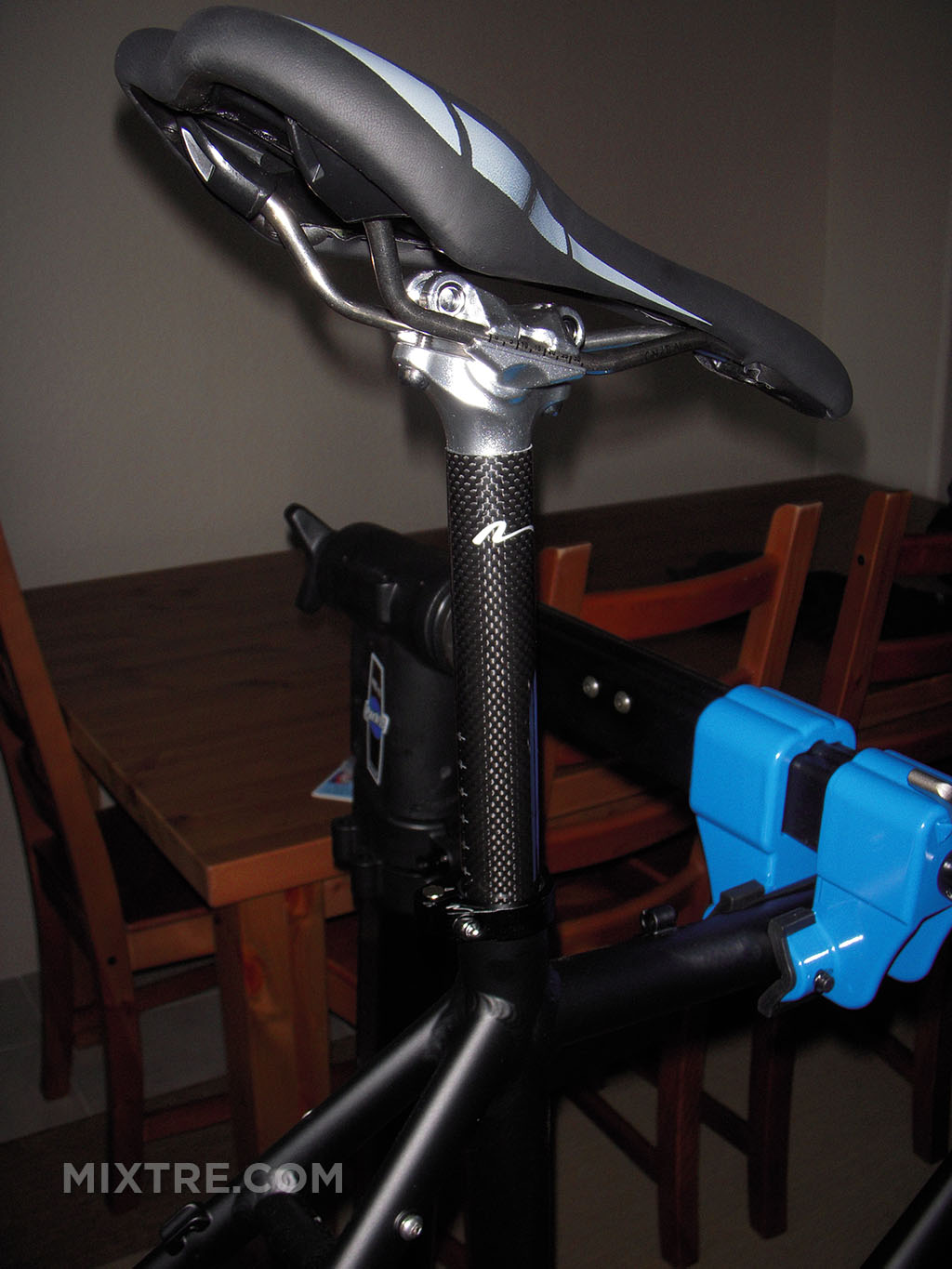

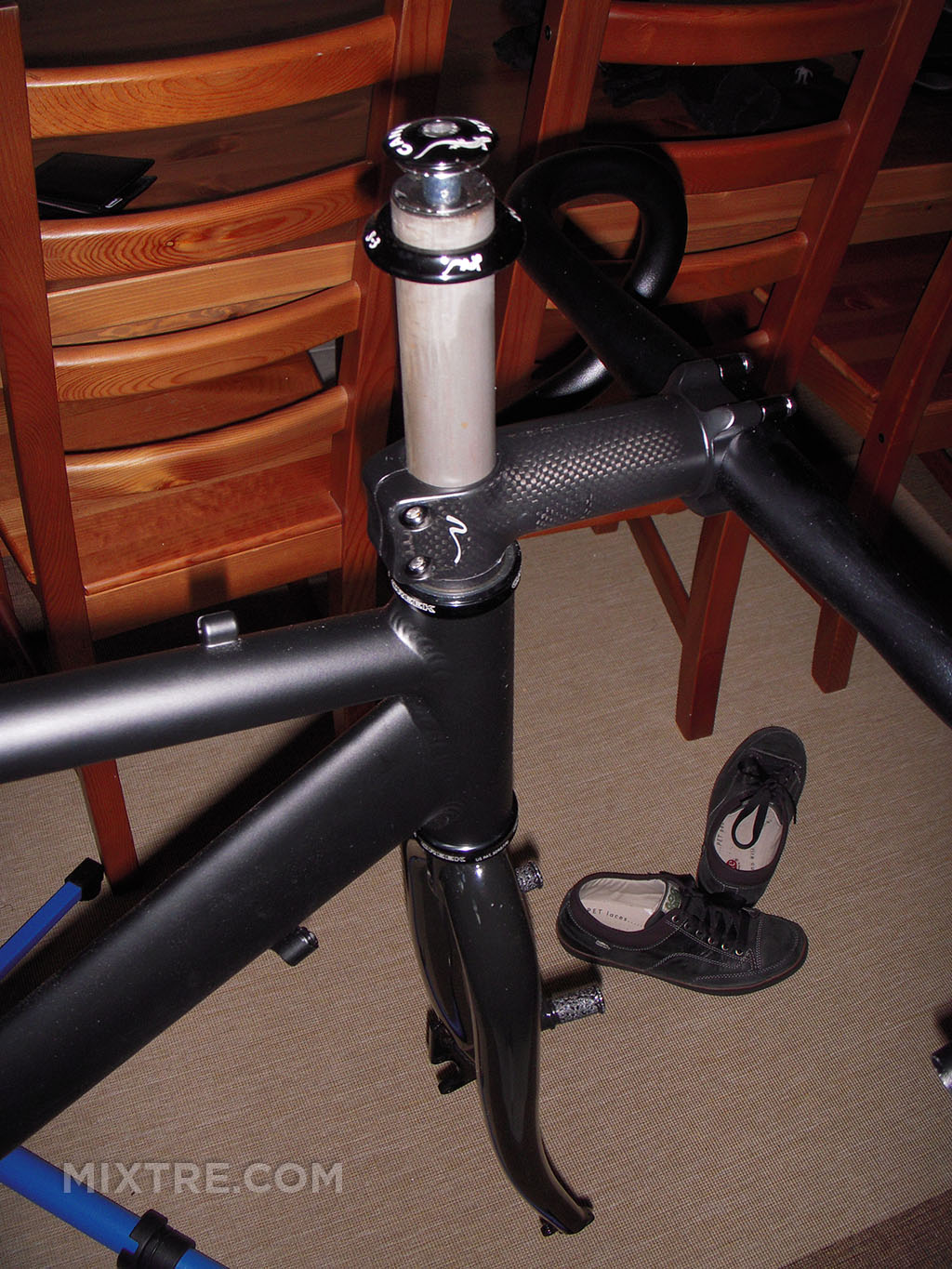

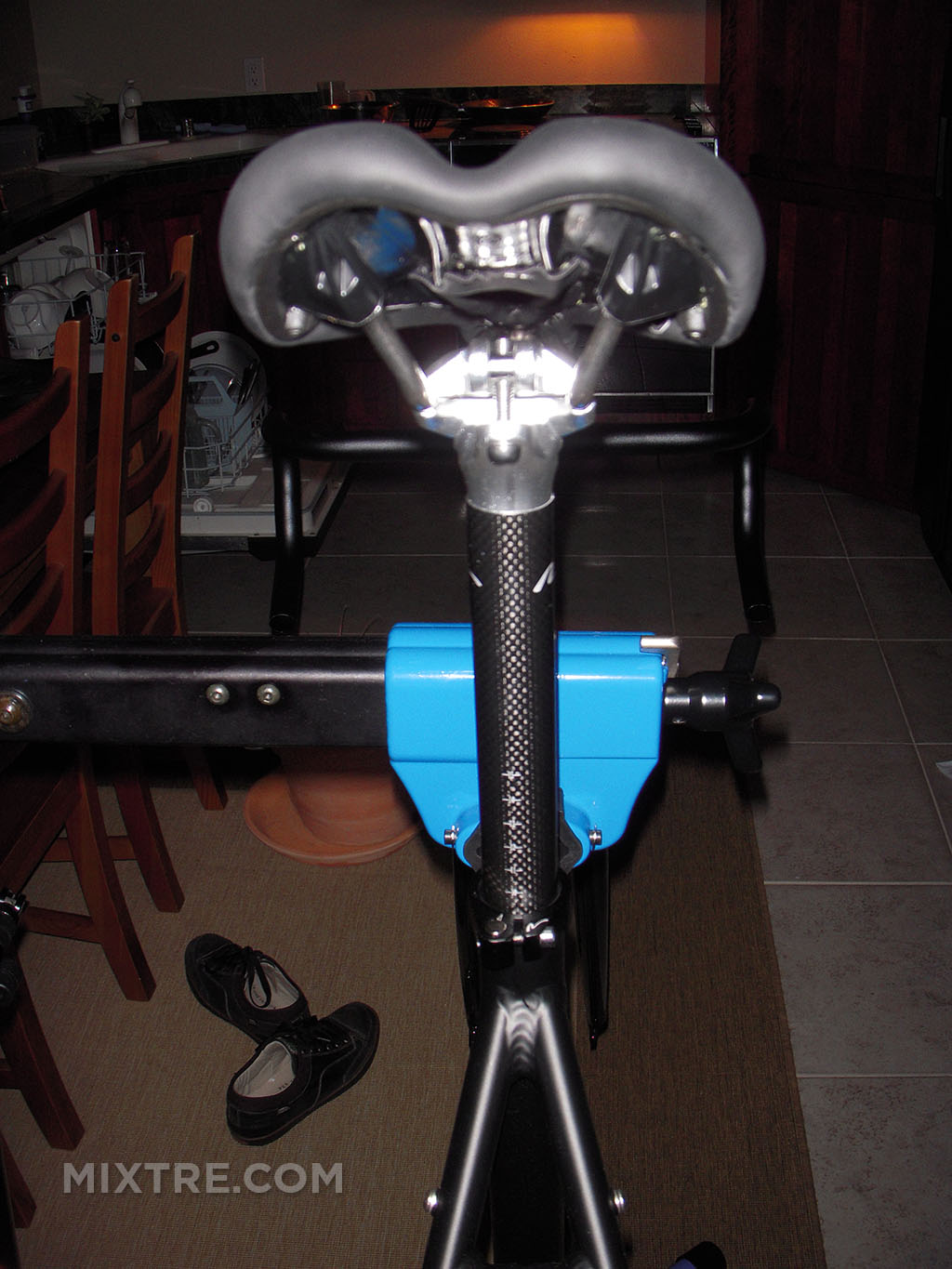
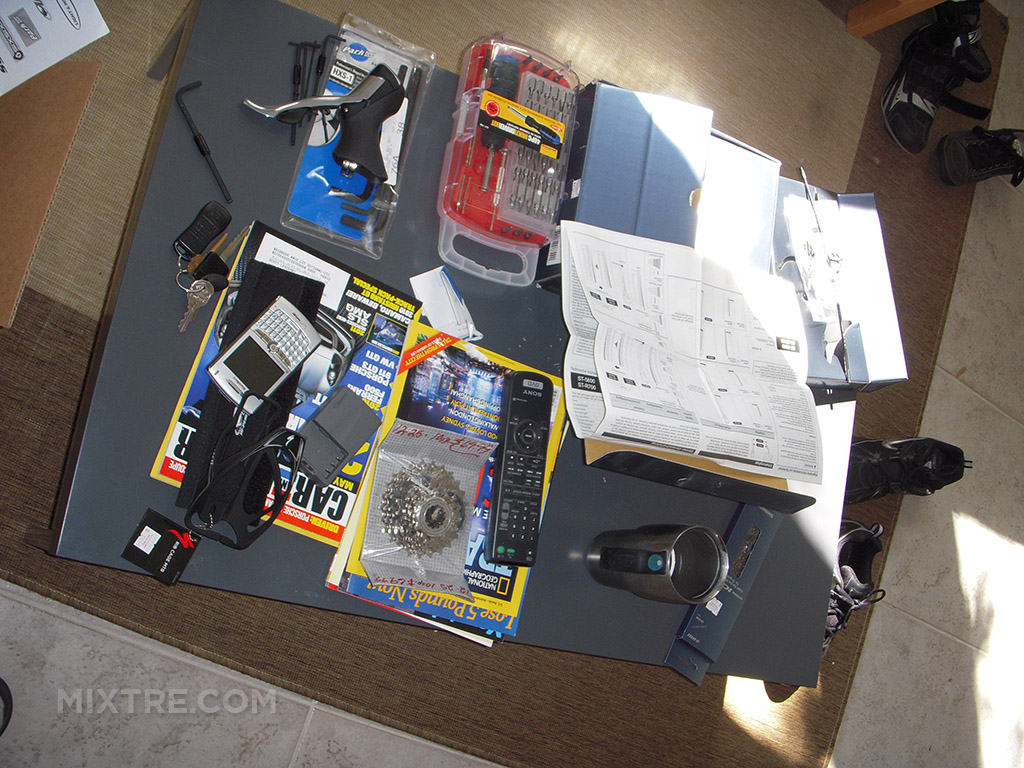
The cost of parts was adding up fast (and other issues)
This bike build has ended up costing me a lot more than I had originally planned. The total price of the build at this point was about $2300. I really didn’t expect it to be anywhere near that amount.
The good news is that I was pretty much done buying parts at this point – unless the wheels and/or bottom bracket caused problems. The crankset was scary tight – it missed hitting the frame by just a few millimeters on both sides, and that will only be if the bottom bracket keeps it spaced properly.
And what about frame flex? Was that going to cause clearance issues? As you can tell, I learned quite a bit about building a cross bike so far.


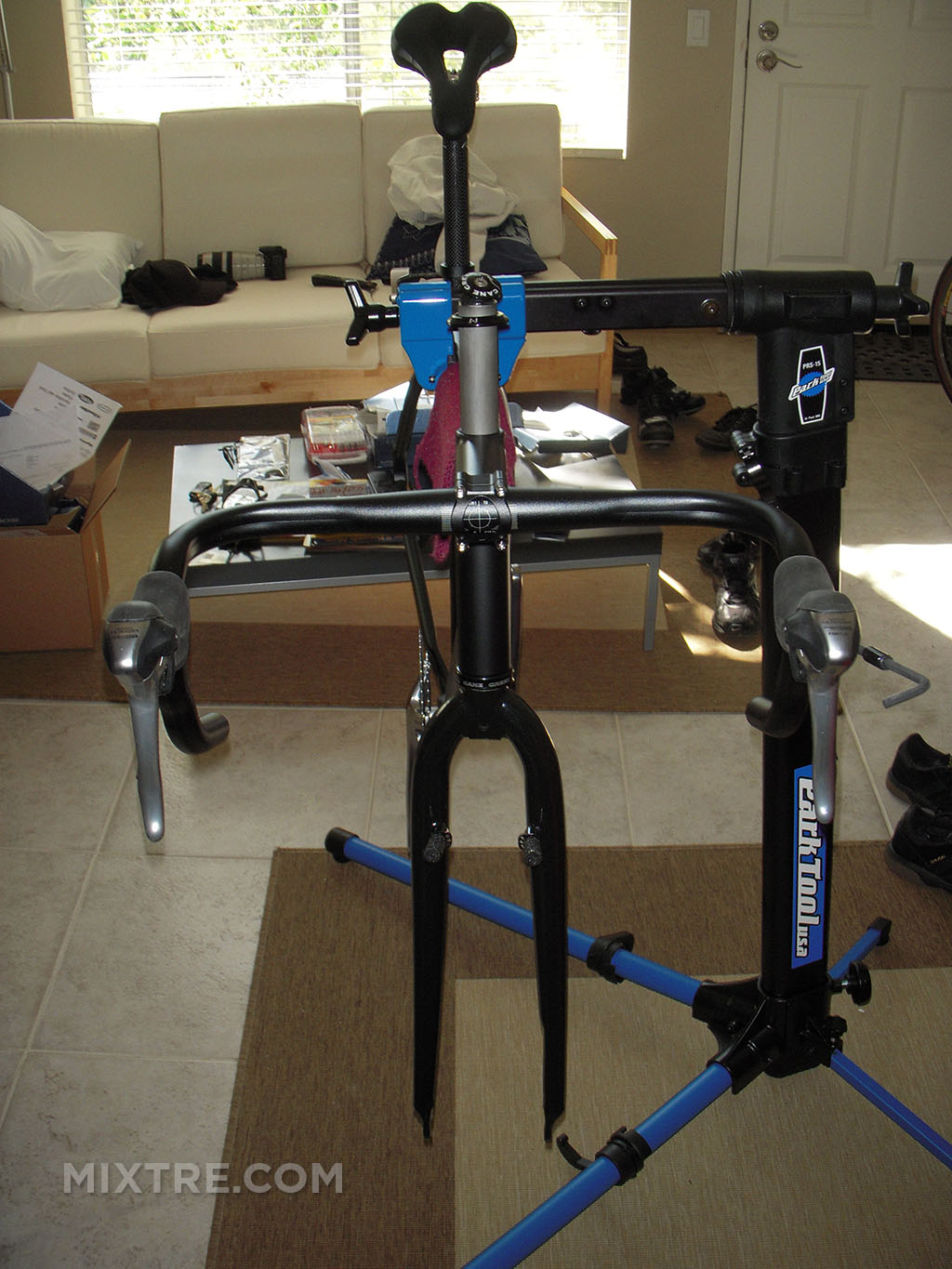

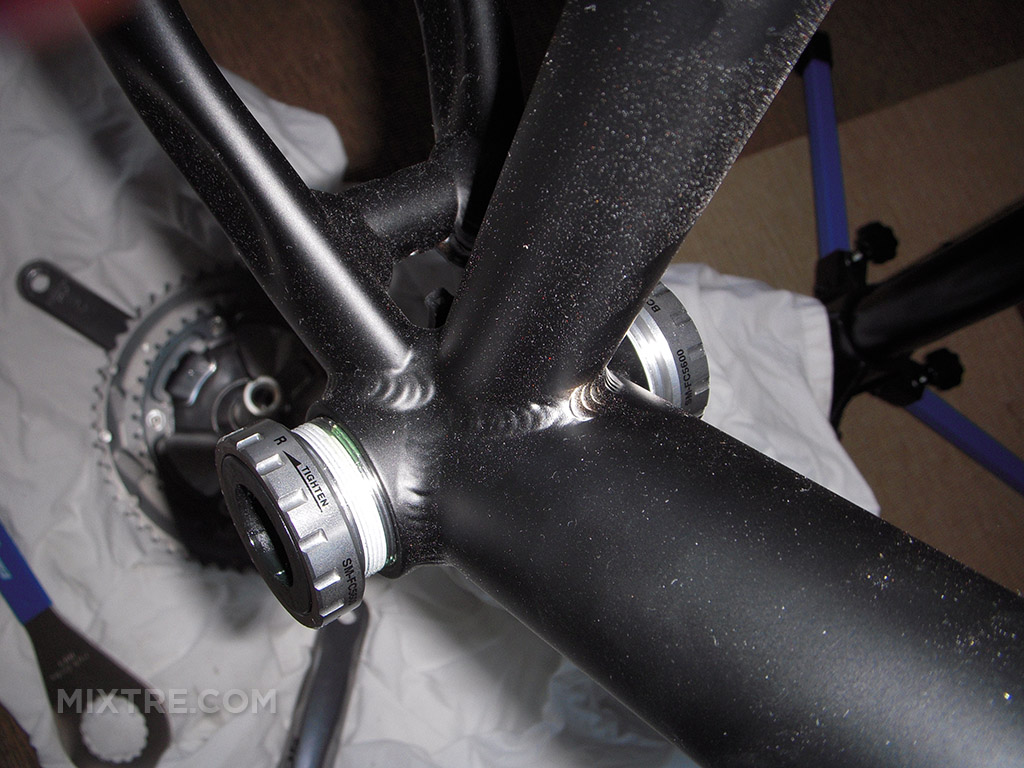
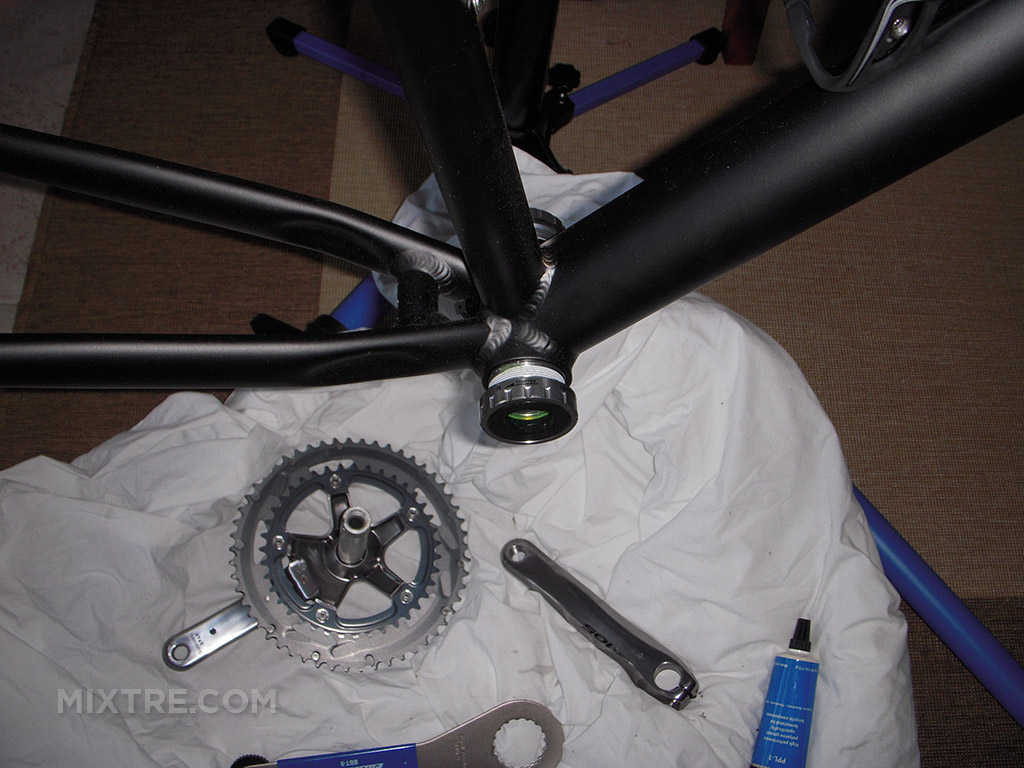
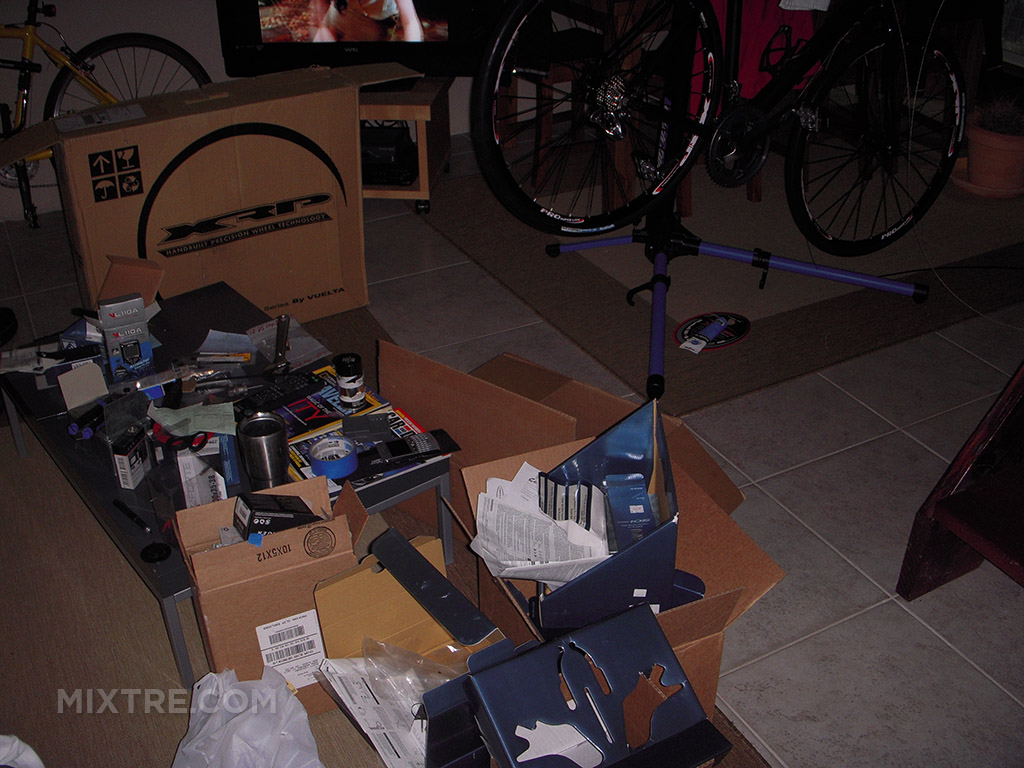



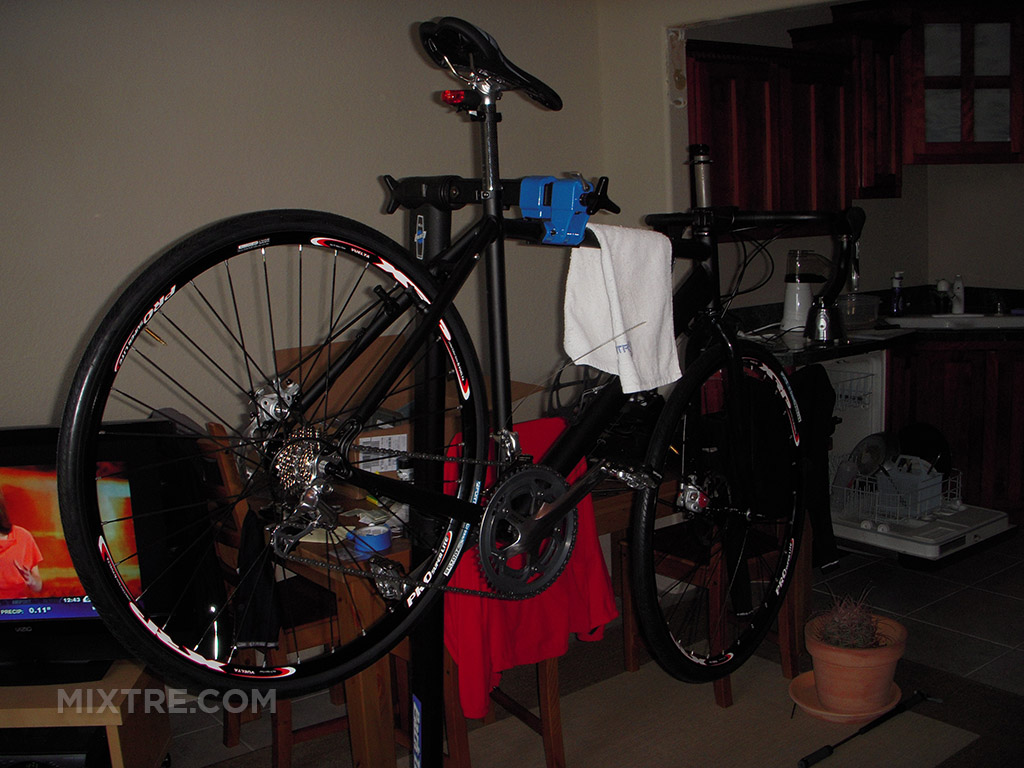

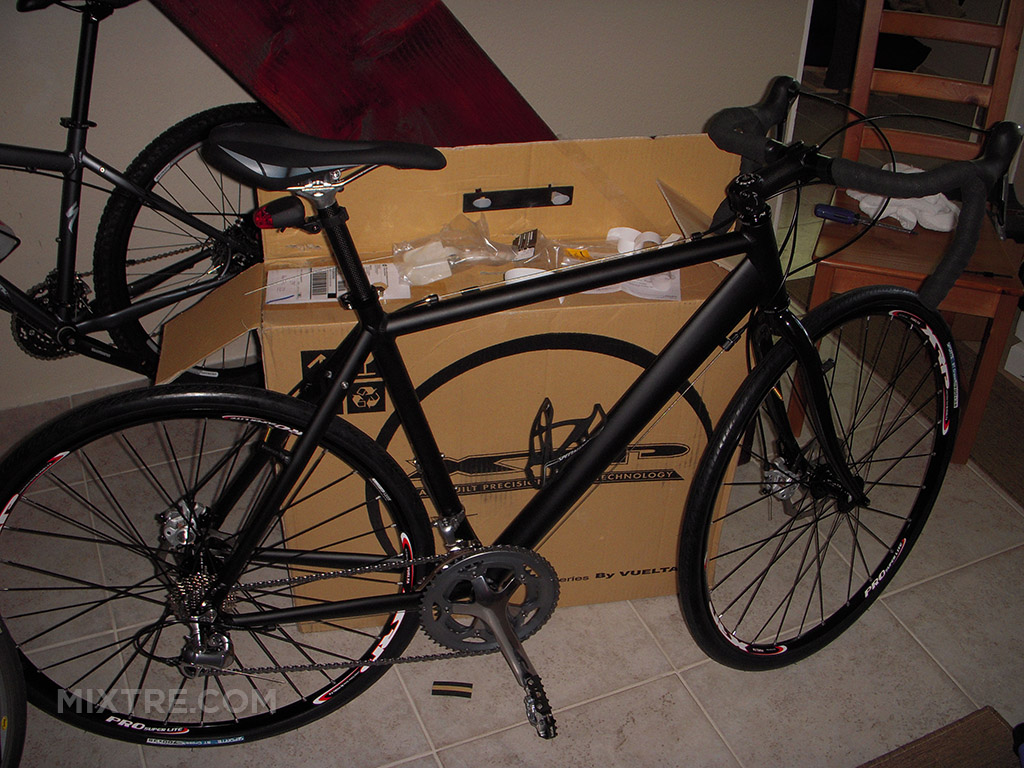
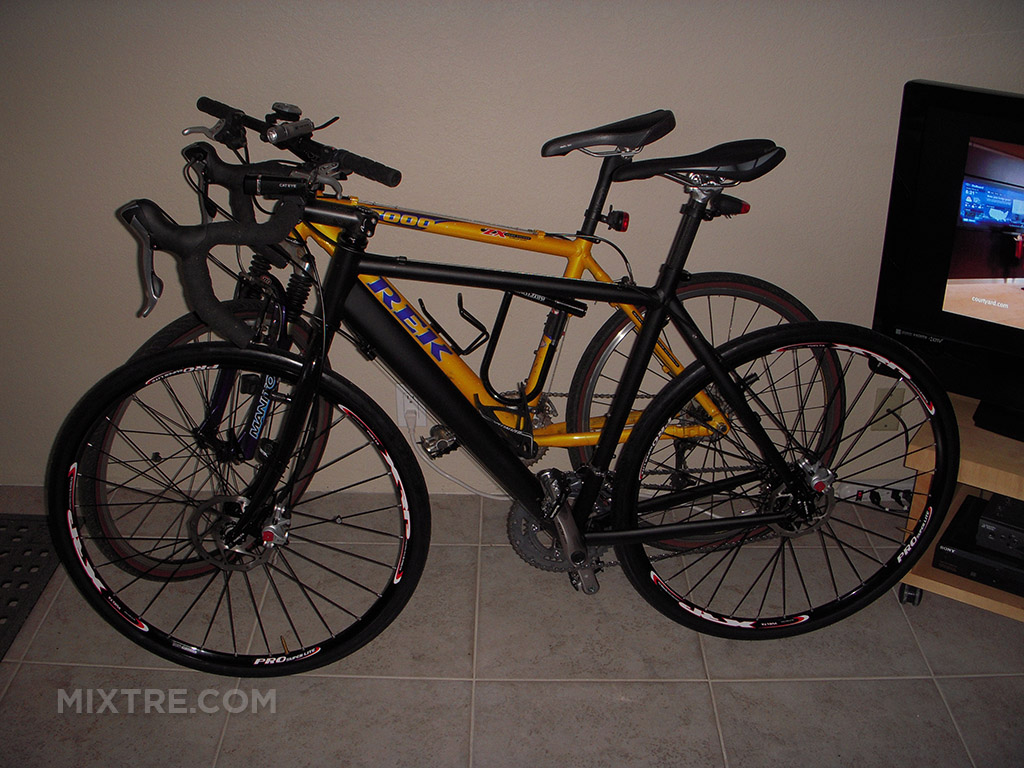
Despite the minor issues, things were coming together well and I was just about done at this point. Just a few minor things to tweak! I had never built a bike before so you can only imagine the sense of satisfaction I got whenever I added a new part (and it worked just as it should).
The inaugural ride
Once this cross bike build was finished, I took it out for the inaugural ride! I wasn’t sure if it was going to be very comfortable or not, but it ended up being pretty good. I had to make some adjustments less than a mile into the ride (glad I brought tools with me), but overall it felt great right from the start.
The biggest problem was that I didn’t bother getting the front derailleur dialed in, so I was stuck in the big ring. That wasn’t fun, and I had to fix it ASAP because I really needed the small ring for the hills here in San Diego. The bad part about that is that it involved shortening the chain. Yuck.
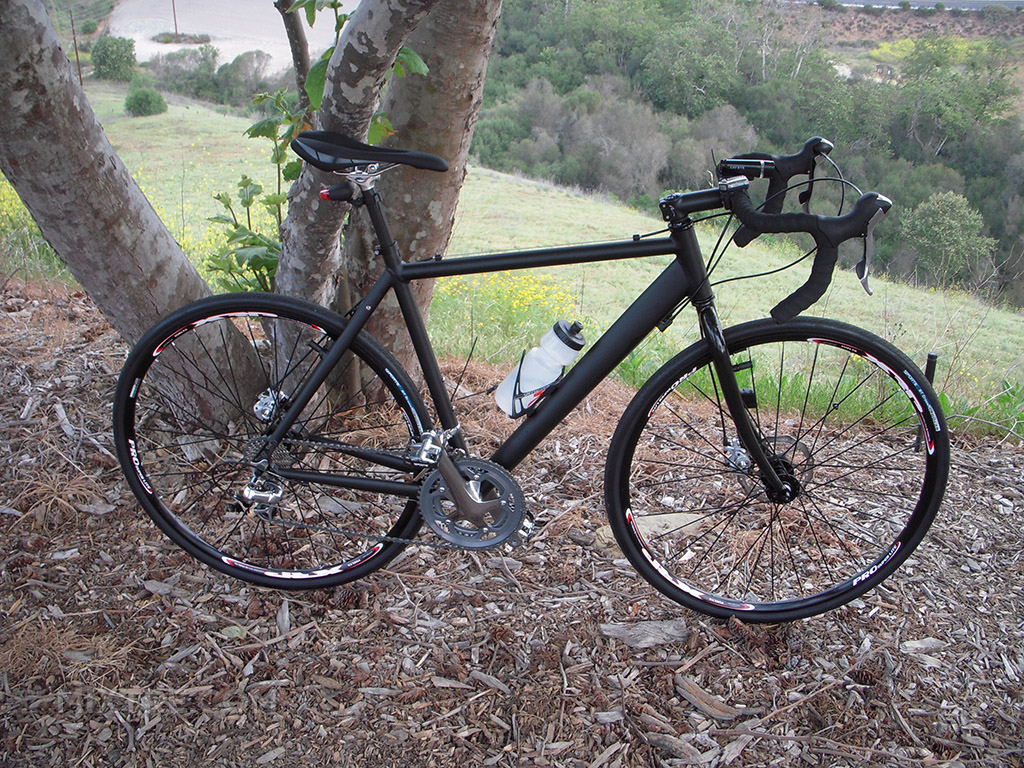
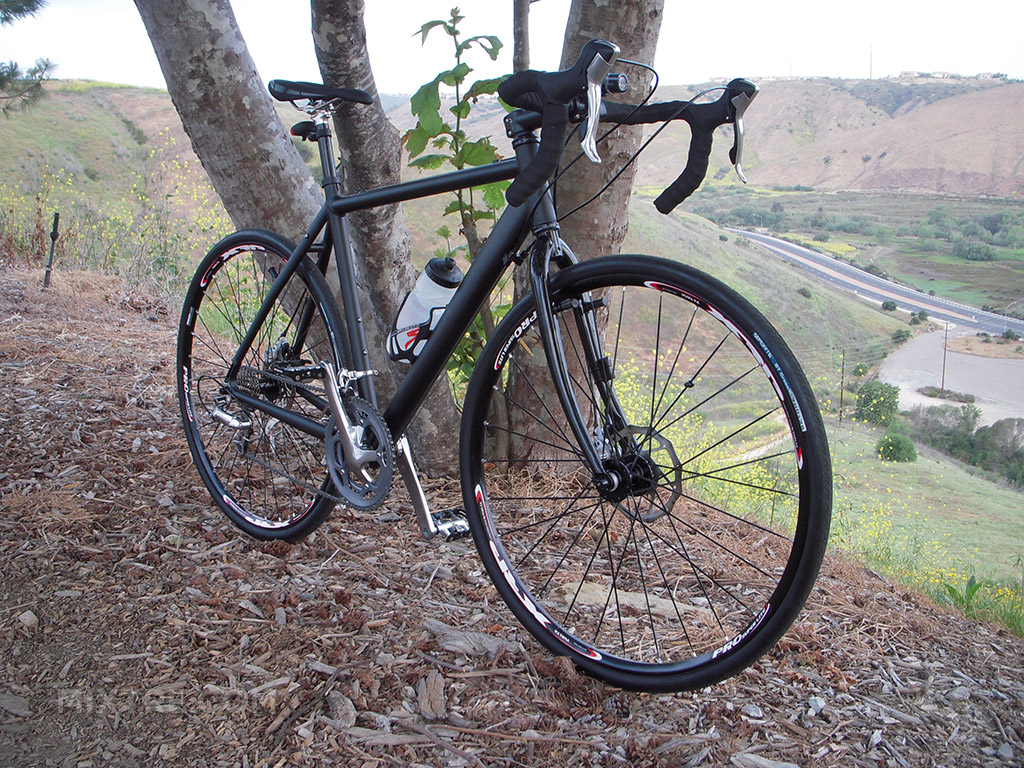
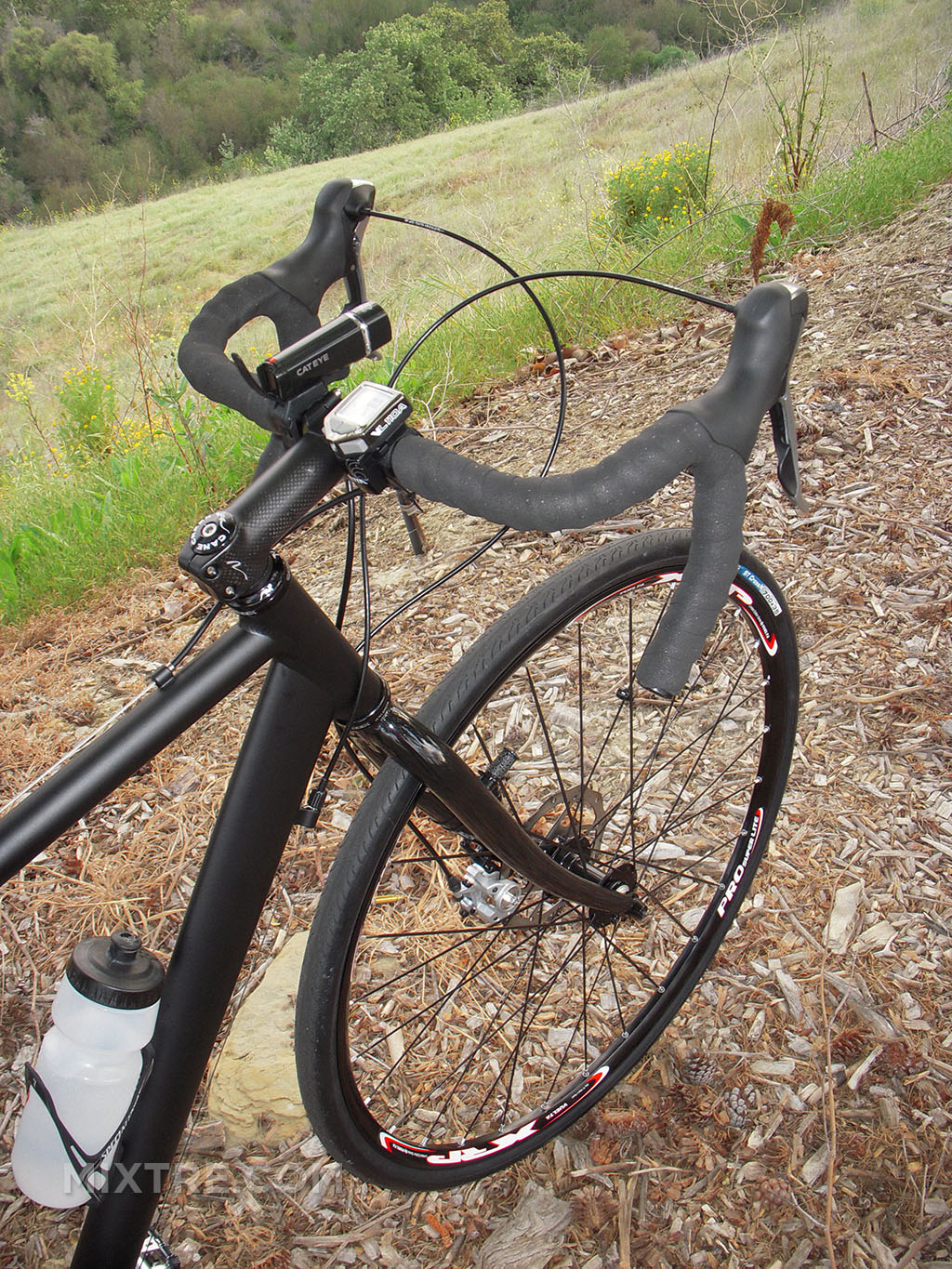
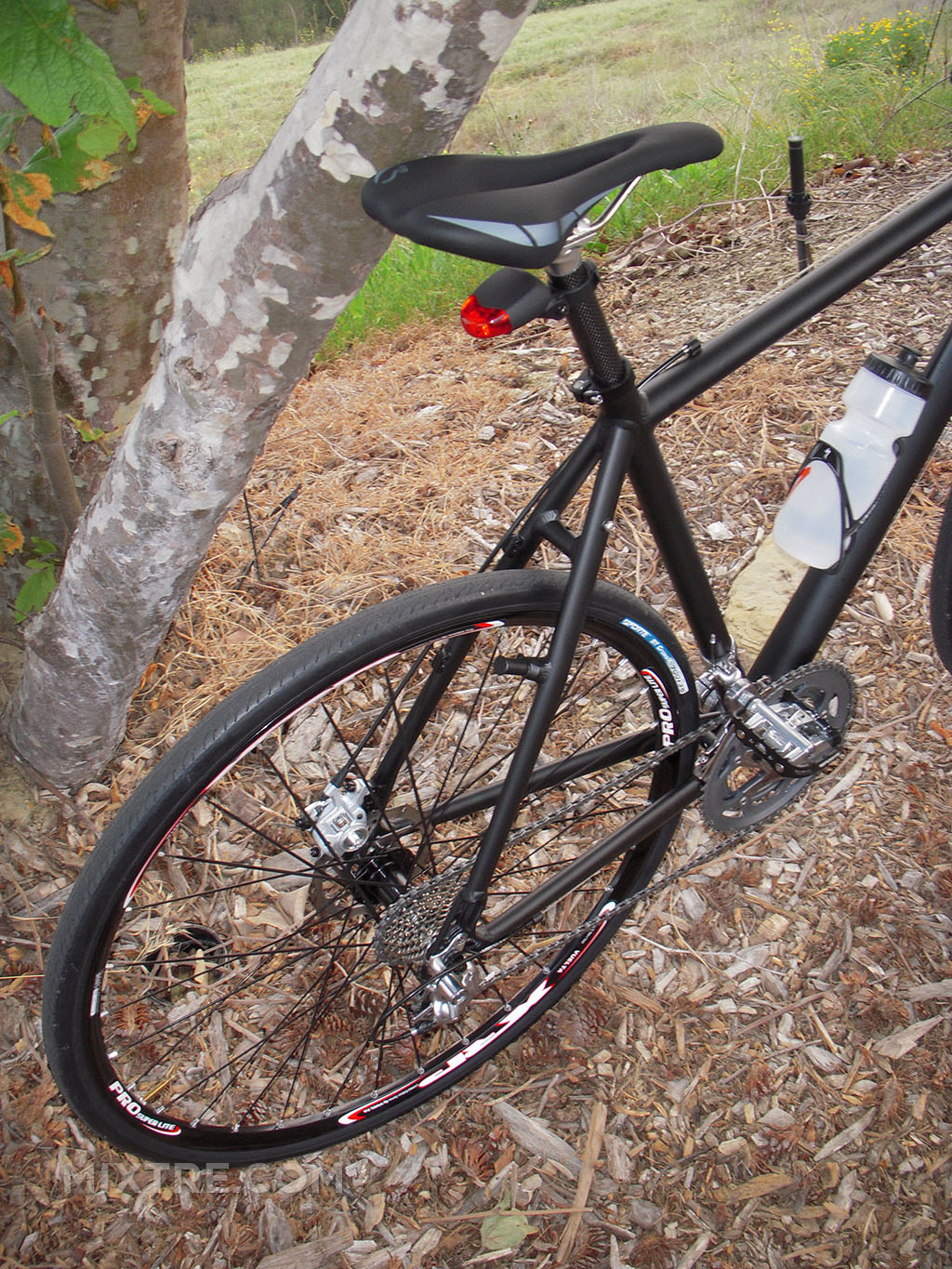



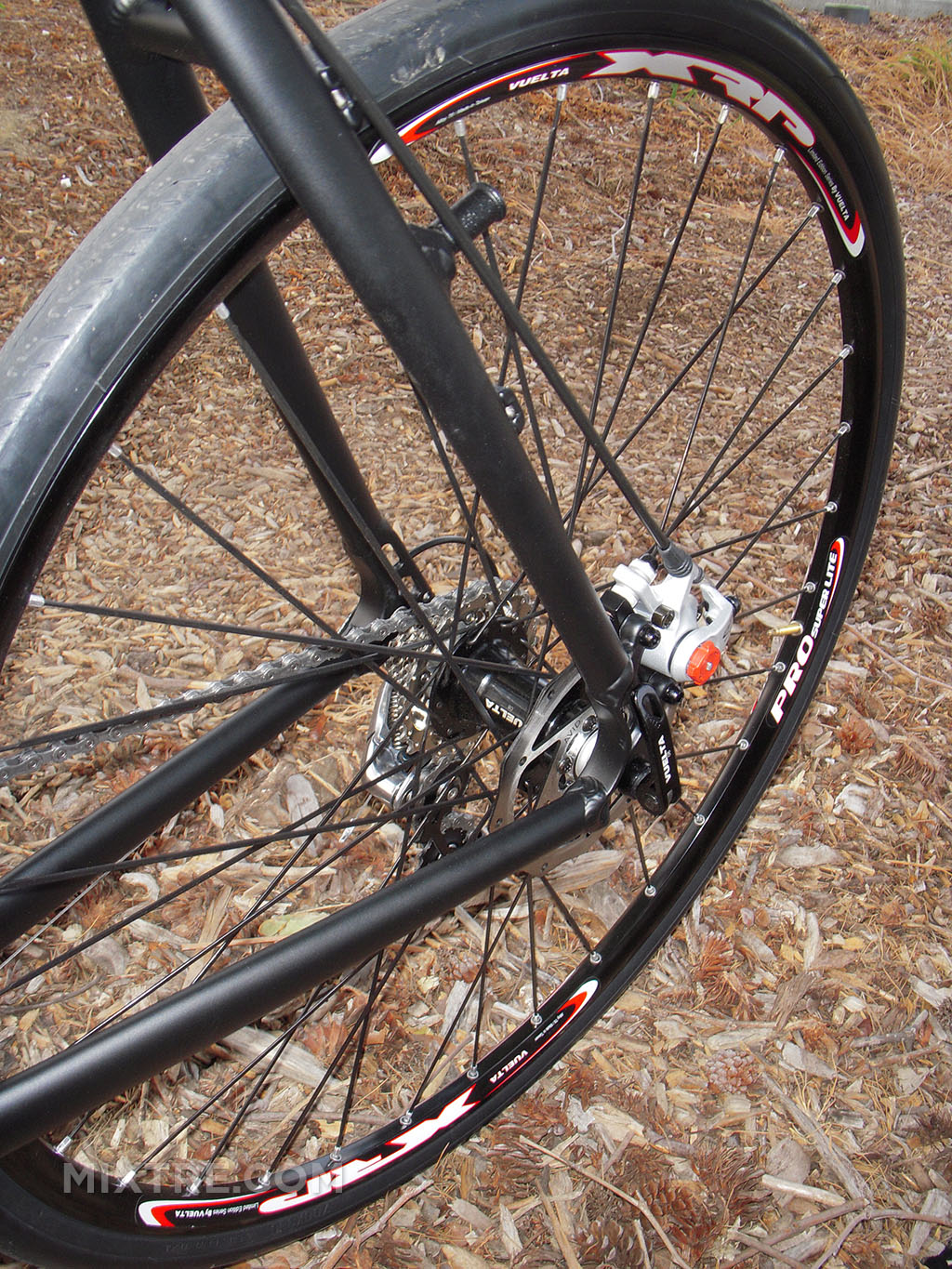


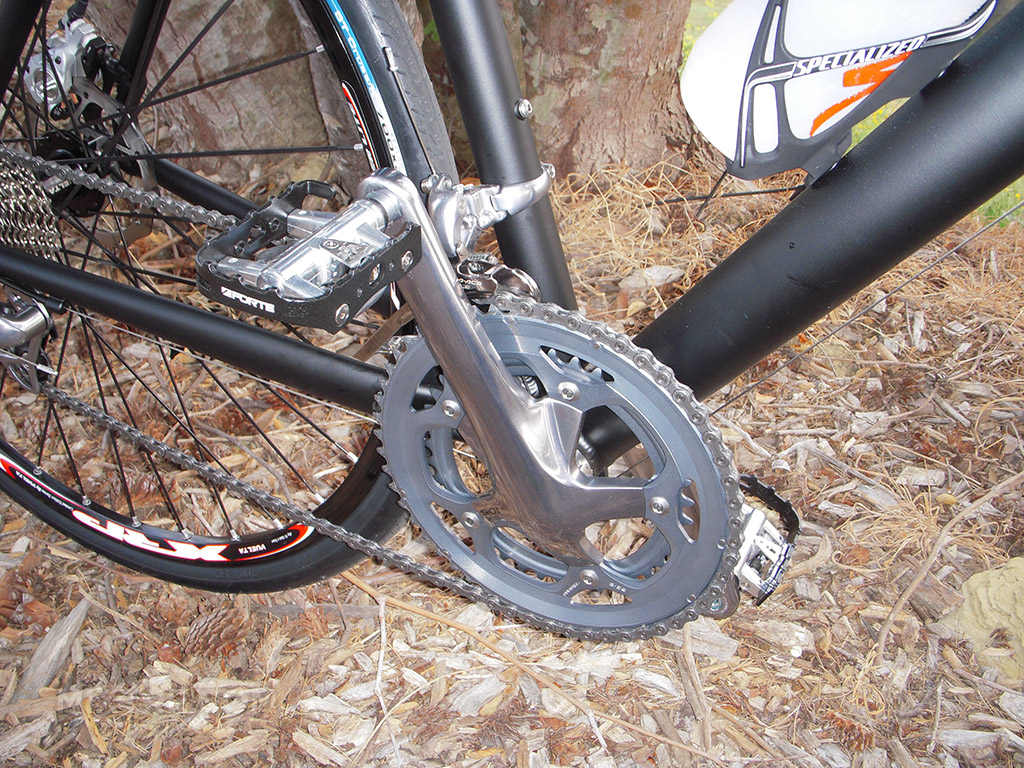
The 29er wheels and tires that I used on this build made this bike feel really tall. I’m not totally sure that I liked that feeling or not, as it kind of feels like riding a Penny Farthing or something. It’s a completely different feeling than my 2007 Specialized Allez road bike. The difference between the two is difficult to describe, but that road bike feels like a sports car, while this cross bike feels like a lifted truck. They really are different.
The only other issue is that the rear brakes were pretty much worthless due to the fact that I cut the cable too short during assembly. They needed to be dialed in a bit more.
Total cost of the build
I laugh thinking about when I first started this project. The goal was to spend about $1000, and build the bike over the course of 3 or 4 months. Yeah, right! I just got caught up in buying cool parts for it, and it ended up being nowhere near the commuter I was planning it to be. I ended up blowing my budget by a long shot (by $1300 to be exact), but I wasn’t discouraged. The $2300 it cost to build it was totally worth it.
However, I’m not going to lie when I say that I was upset with myself for building a bike that was too nice (and too expensive) to leave parked outside when commuting. Oops.
Final parts list:
Frame
Nashbar X Aluminum Cyclocross (Medium)
Fork
Cro-moly disc-compatible road
Headset
Cane Creek S-3 1 1/8″ Threadless
Stem
Nahsbar Carbon Oversize — 110mm
Seatpost
Nashbar Carbon – 31.8mm
Seatpost Collar
Nashbar Deluxe 31.8mm
Saddle
Nashbar F1
Handlebars
Nashbar Oversize – 40cm
Bottom Bracket
Shimano 105 SM-FC5600
Crankset
Shimano 105 FC5600 175mm
Front Derailleur
Shimano Dura Ace FD7803 31.8 clamp
Rear Derailleur
Shimano Dura Ace 7800
Skewers
Nashbar Quick Release
Nashbar Bolt-on
Brakes
Avid BB7 Mechanical Disc
Shift/Brake Levers
Shimano Ultegra
Conclusion and final thoughts
To anyone who looking to build their own bicycle in order to save a bit of money: don’t do it to save a buck! Do it for the love of the build instead. Buying all new parts and assembling them together is always going to cost more than buying a pre-built bike from a pro bike shop.
Despite the minor issues, I’m really proud of what I accomplished! I never thought that I’d be able to build my own bike from scratch, so it makes me really happy that I was able to learn some new skills while putting this bike together.
From a riding perspective, this bike ended up being worse than I ever could have imagined. It was too tall, not long enough, and far too heavy. It handled horribly.
I did learn some really good lessons about bike building and maintenance though. Most importantly: I learned that I never want to build another bike ever again.




